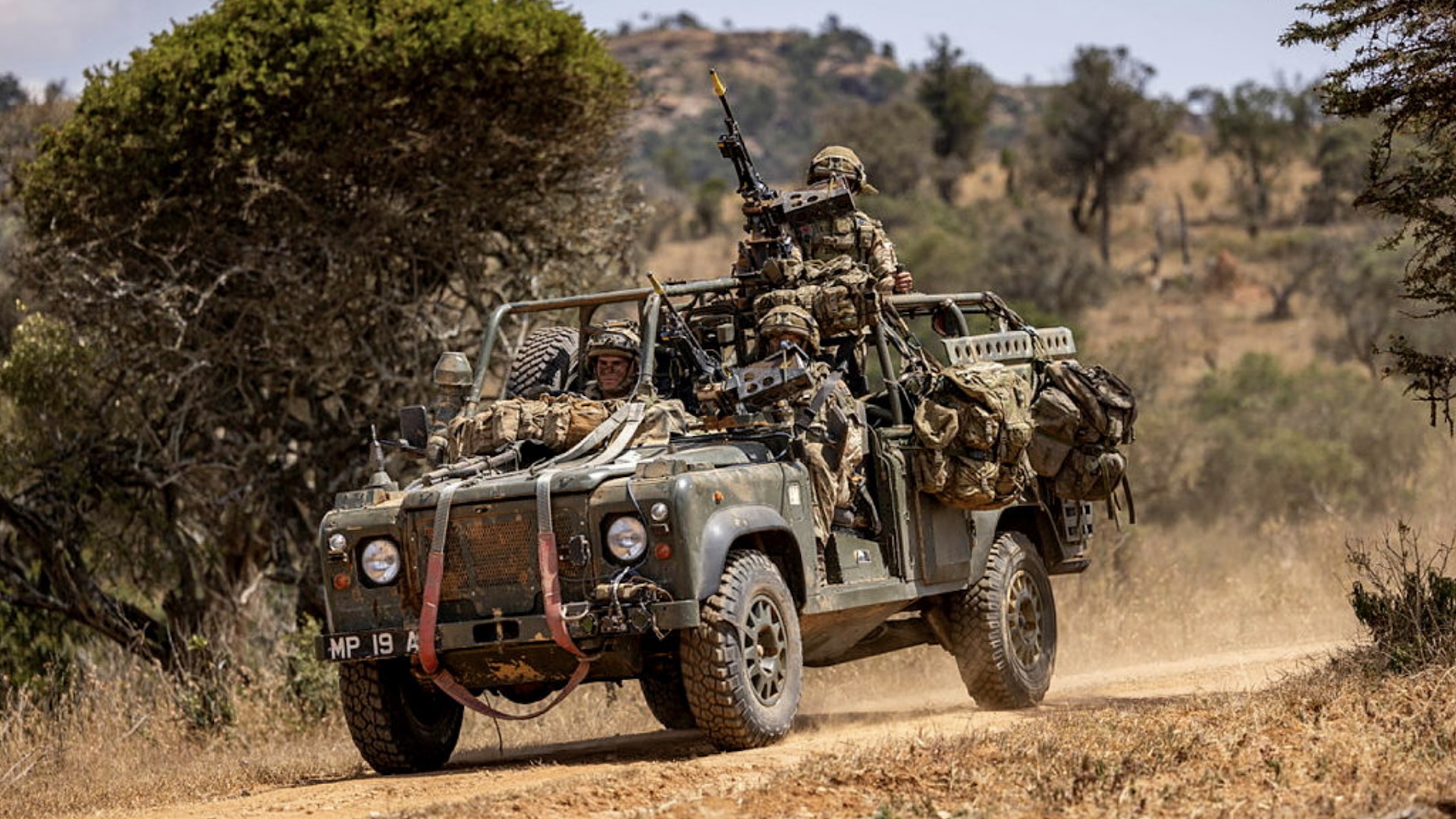The end is in sight for one of the British Army’s most iconic vehicles, the Land Rover, with the U.K. Ministry of Defense putting out an industry request for a successor. While the British Army’s Land Rover fleet is now far smaller than in its Cold War heyday, it remains one of the best-known military vehicles anywhere in the world, and its design — inspired by the World War II-era Willys Jeep — is a pioneer of the 4×4, off-road-capable segment.

A Request for Information (RFI) for the British Army’s Light Mobility Vehicle (LMV) was issued today by the U.K. Ministry of Defense, starting the procurement process for a fleet of vehicles that will replace the last Land Rovers — as well as the Pinzgauer, an Austrian-designed high-mobility all-terrain utility vehicle. Both of these vehicles are intended to be withdrawn by 2030.
Issued in the early stage of the program, an RFI essentially serves to gauge industry interest.
It’s unclear how many LMVs the Ministry of Defense is looking to buy, but in 2022 the ministry said that the British Armed Forces had a combined total of 7,837 Land Rovers and Pinzgauers, giving some idea of the scale of the requirement.
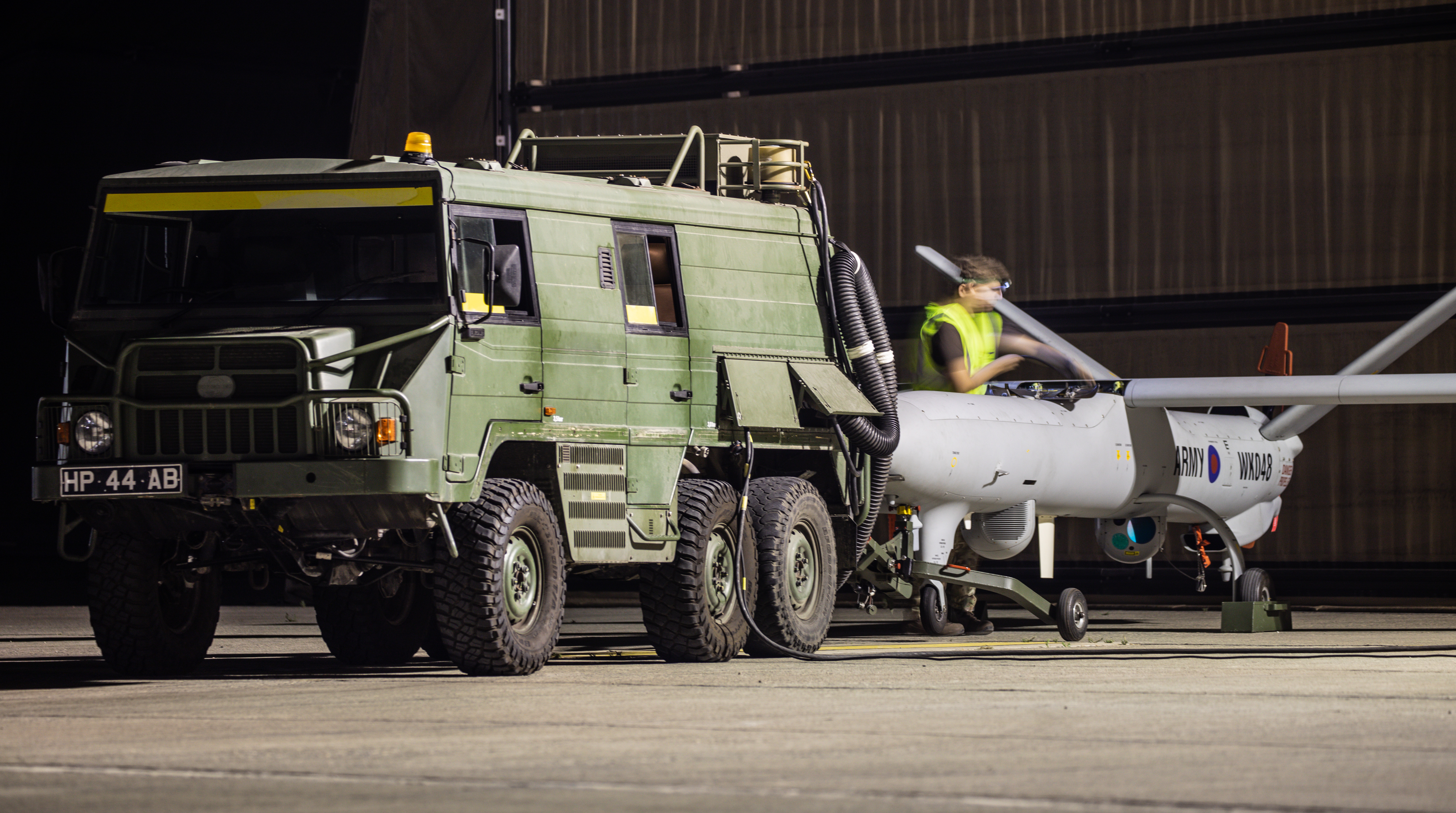
Based on the RFI, the Ministry of Defense is looking for details of production, supply, in-service support, and training for a future LMV, a wheeled utility platform that is one part of the broader Land Mobility Program (LMP). A potential for an off-the-shelf (OTS) solution is favored, to ensure that a proven design can be fielded rapidly and without significant investment in its development.
Meanwhile, the broader LMP effort seeks to radically rationalize the British Army’s fighting vehicle fleet, reducing the number of types of protected patrol and light utility vehicles in service from more than a dozen types now in use, to just three.
These three new vehicle types will be procured under separate strands of LMP: a Medium Protected Mobility Vehicle weighing less than 20 tonnes, a Light Protected Mobility (LPM) weighing less than 10 tonnes, and the aforementioned Light Mobility Vehicle at less than three-and-a-half tonnes.
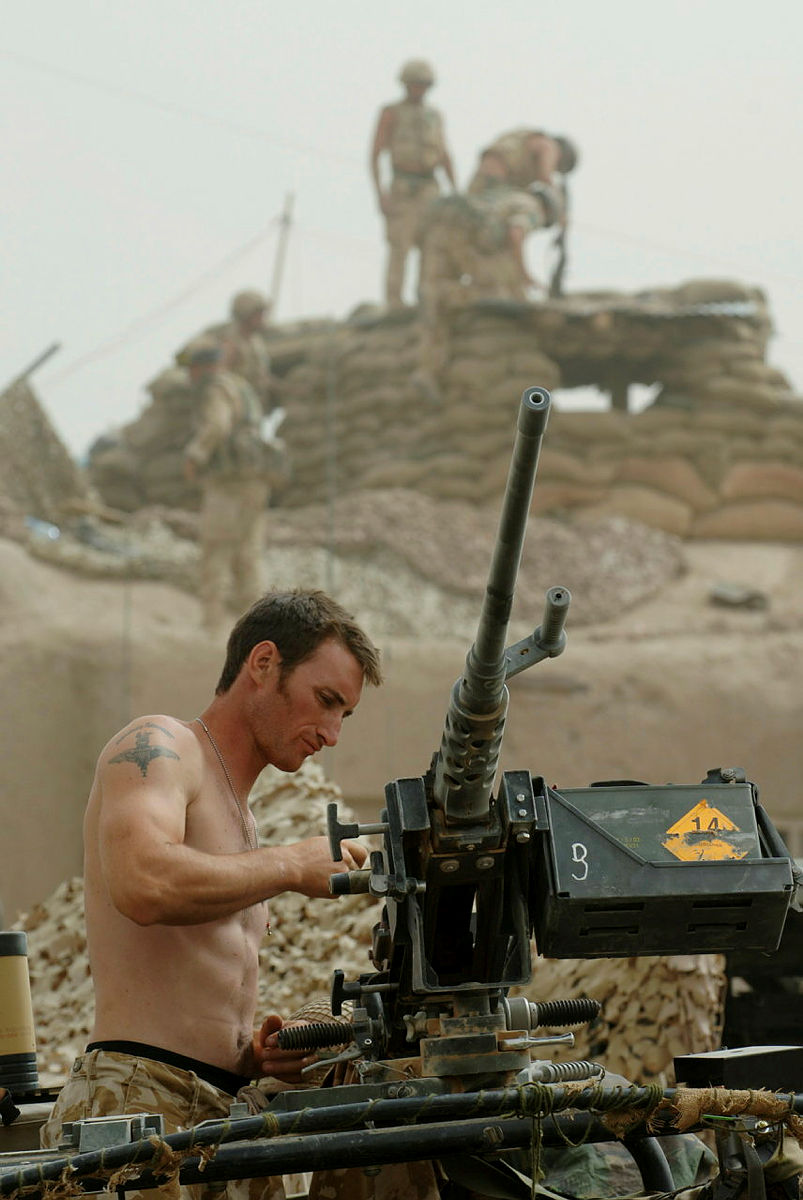
In each case, the Ministry of Defense wants to select designs that conform to Generic Vehicle Architecture (GVA) standards — a baseline that will allow continued spiral development across the service life of the vehicles. Other requirements include compliance with the Land Industrial Strategy, which calls for at least 60% of the workshare to be handled by U.K. industry.
In the fall of last year, the Ministry of Defense said that it wanted to start the tendering process for the Land Mobility Program by November 2025 and then select the chosen platforms by October 2026. A so-called “Minimum Deployable Capability” is envisaged for before 2029.
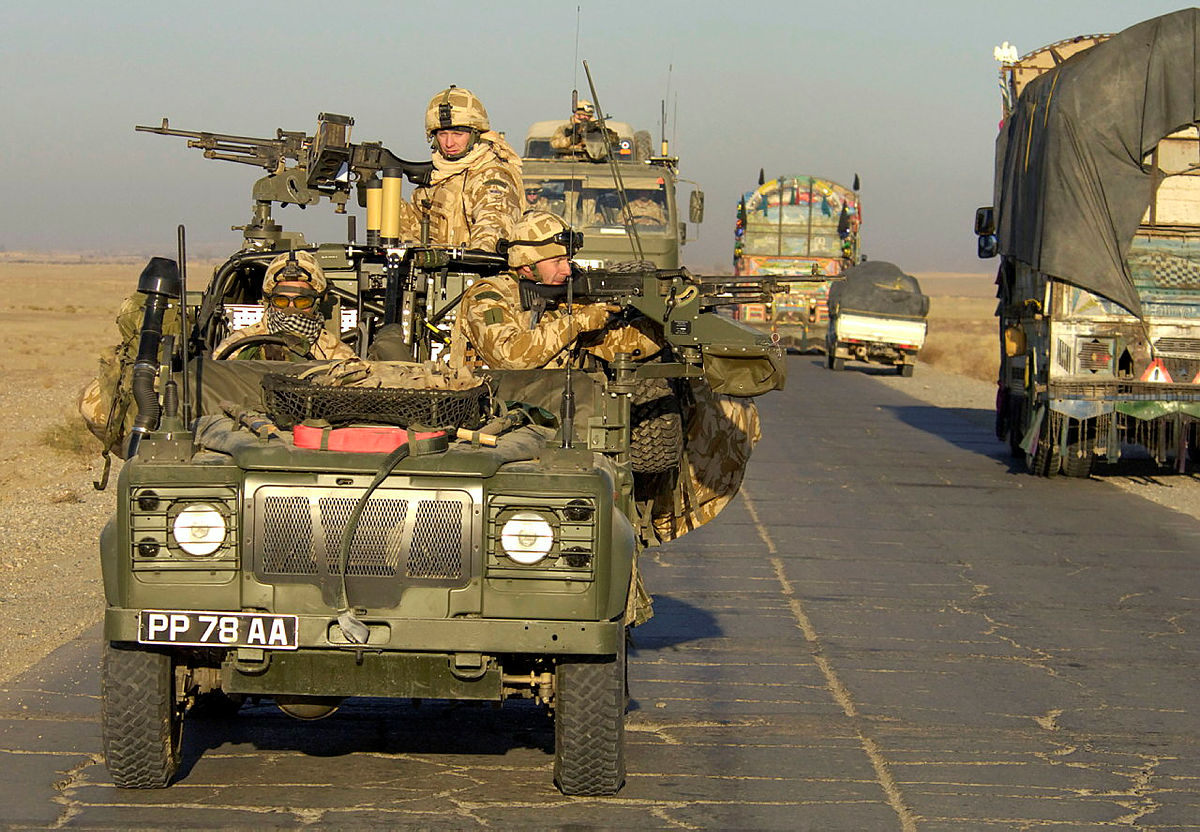
It’s already been decided that the Light Mobility Vehicle will lead the requirement process, although it’s expected to be followed soon after by the Light Protected Mobility Vehicle program.
The LMV has been described in the past as an unprotected or lightly protected tactical vehicle. Aside from this, few specific requirements have been publicly discussed, although there will likely be a wide range of platforms to choose from, with the 4×4 light military vehicle marketplace being a very crowded one.
In the past, designs that have been suggested as suitable for the British Army’s LMP have included the Hawkei and Bushmaster from Thales, Babcock’s General Logistics Vehicle, and the GM Defense Infantry Squad Vehicle.
A Thales promotional video showing the 1,000th Hawkei — a vehicle that could be a possible British Army Land Rover replacement:

Overall, there is a lot at stake in the Land Mobility Program, and the Light Mobility Vehicle especially, with various previous efforts at procuring new vehicles in this class having ended in failure.
There is also the fact that the Light Mobility Vehicle in particular seeks to replace a vehicle that has been essentially irreplaceable for the British Army for more than 75 years.
The British Army received its first Series 1 Land Rovers in 1949, only a year after the design was first unveiled, and the vehicle was successively improved over the years, reflecting the service’s experience, including in multiple overseas conflicts.
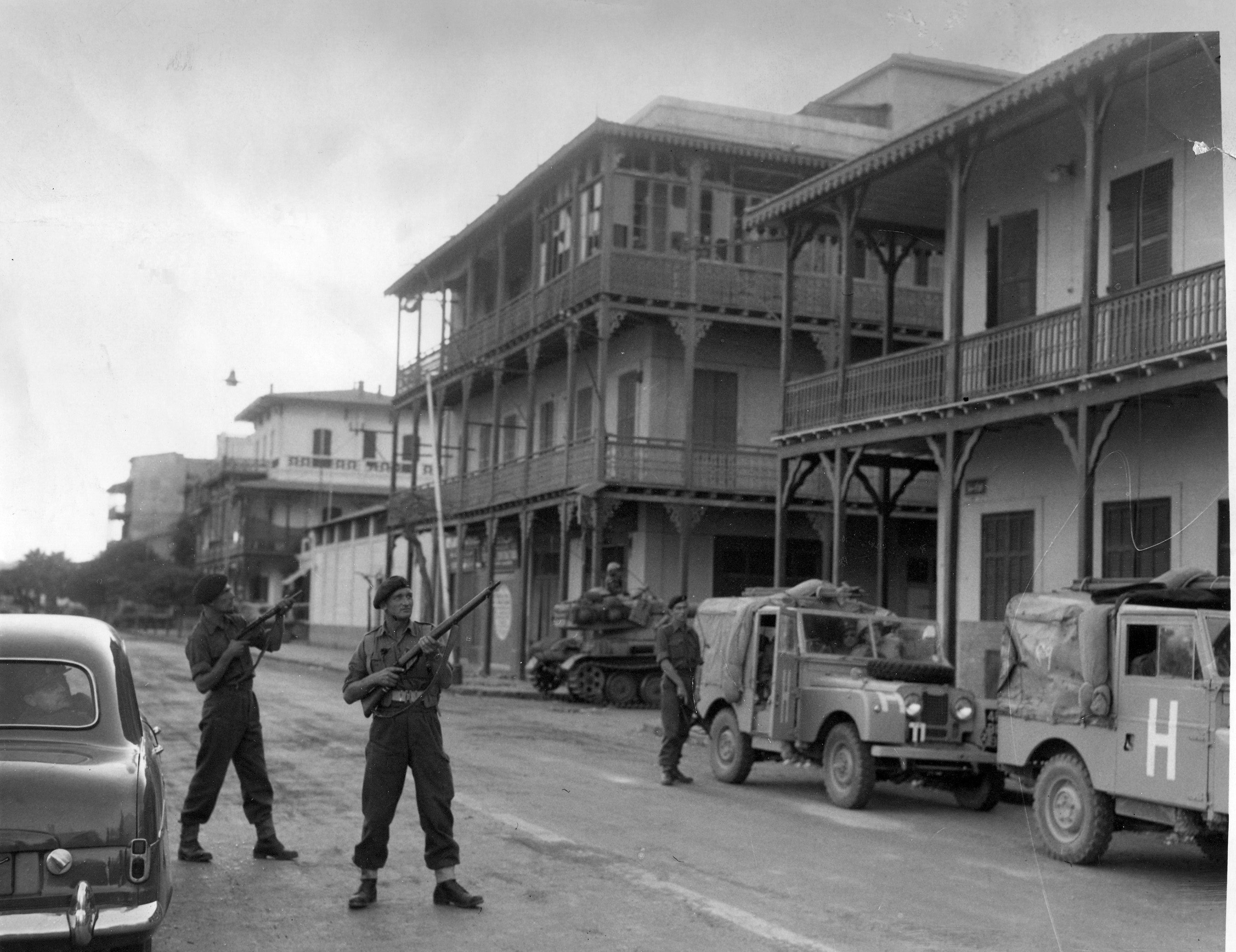
The Land Rover line was subject to some major overhauls in the 1980s, resulting in the Land Rover 90 and 110, better known as Land Rover Defenders. The first of these entered service with the British Army in 1985.
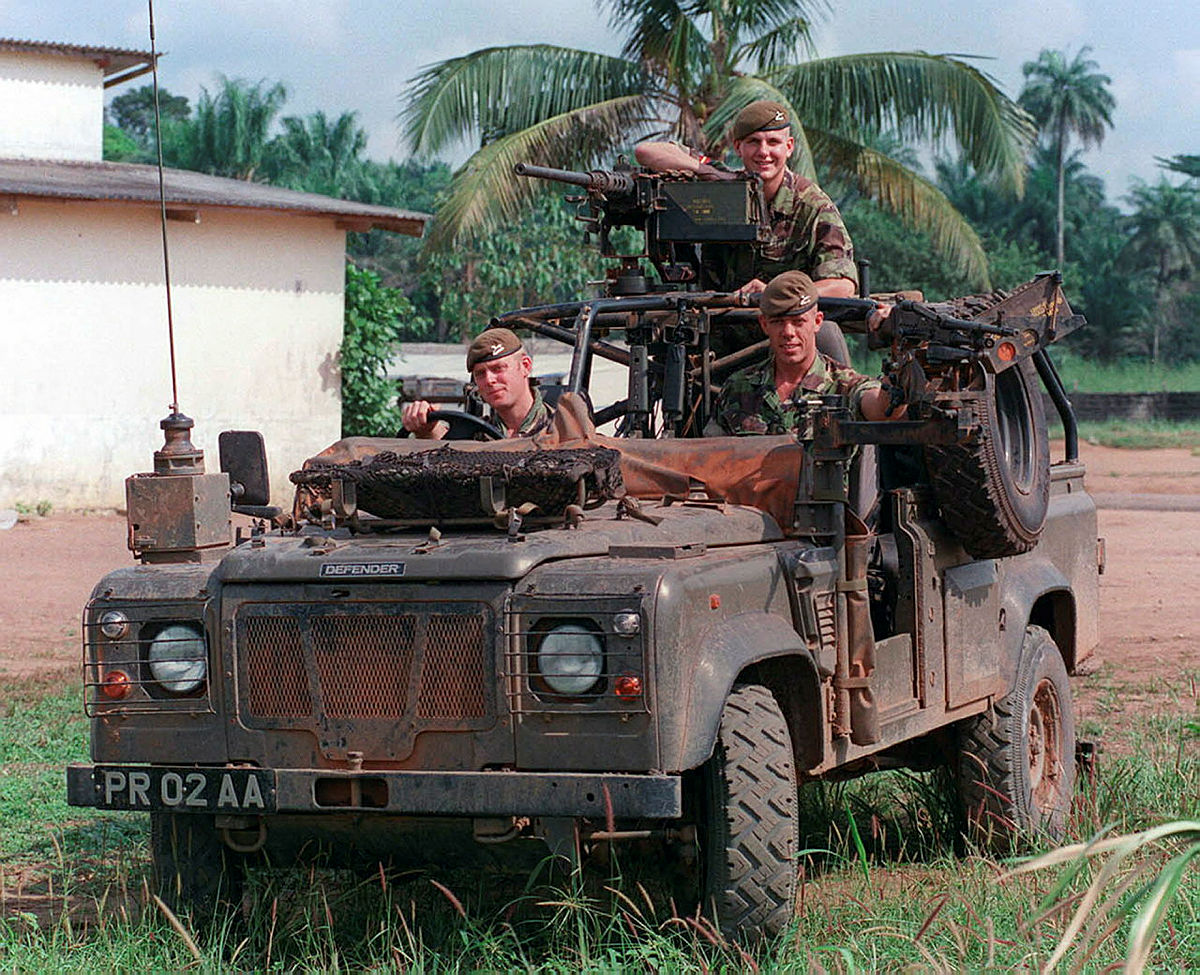
Next came the Defender Wolf, which entered service in 1997 and was actually an entirely new design, also known by the formal designation Truck Utility Light High Specification/Truck Utility Medium High Specification. Close to 8,000 Defender Wolf vehicles were acquired, in short- and long-wheelbase versions.
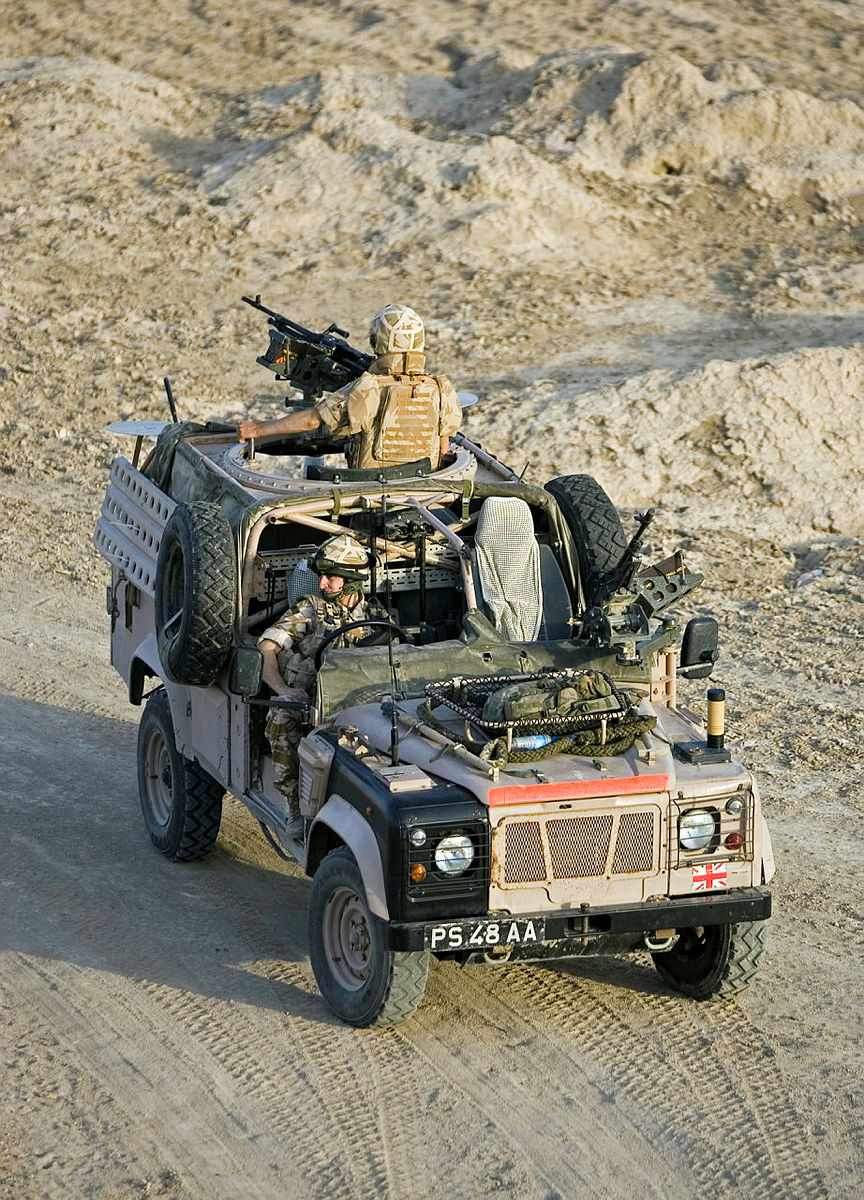
These became signature vehicles of post-Cold War conflicts in which the British Army was involved, spawning at least 65 different variants, including some adapted for special forces use. In the process, the vehicle was further modified, adding beefed-up suspension, more powerful brakes, and weapon mounts that could accommodate machine guns and even an automatic grenade launcher.
Other important variants of the British Army Land Rover include battlefield ambulances, with a capacity for a combination of up to four stretchers or six seated casualties. This, like other Land Rovers, is also air-portable and has a limited amphibious capability, being able to wade through water.
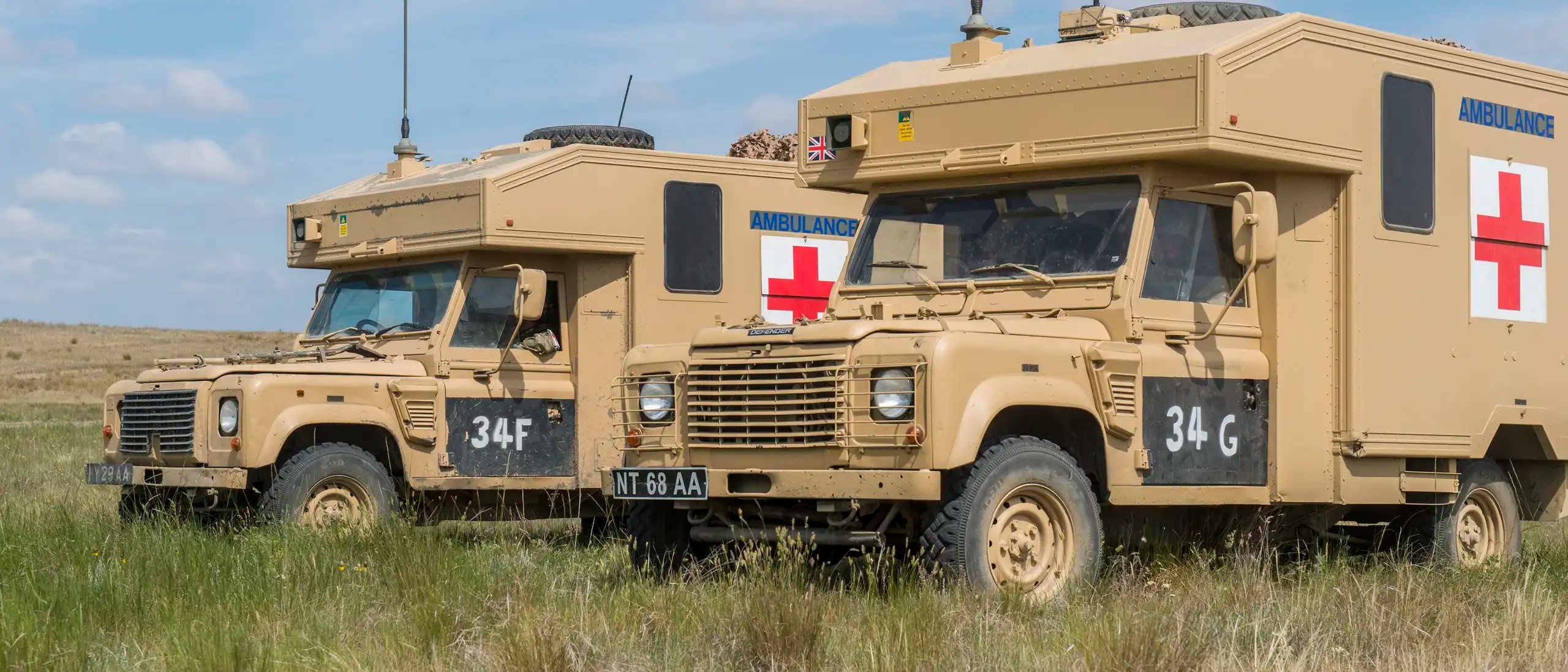
However, experience in the counterinsurgency warfare that dominated British Army operations in the first decade of the 21st century demonstrated that the Land Rover, even when provided with additional armor, was too poorly protected to withstand threats such as improvised explosive devices (IEDs), typically placed as roadside bombs. Land Rovers were steadily withdrawn in favor of better-protected vehicles, like the Force Protection Ocelot, known in British Army service as the Foxhound, a wheeled infantry mobility vehicle featuring the V-shaped hull typical of mine-resistant vehicles.
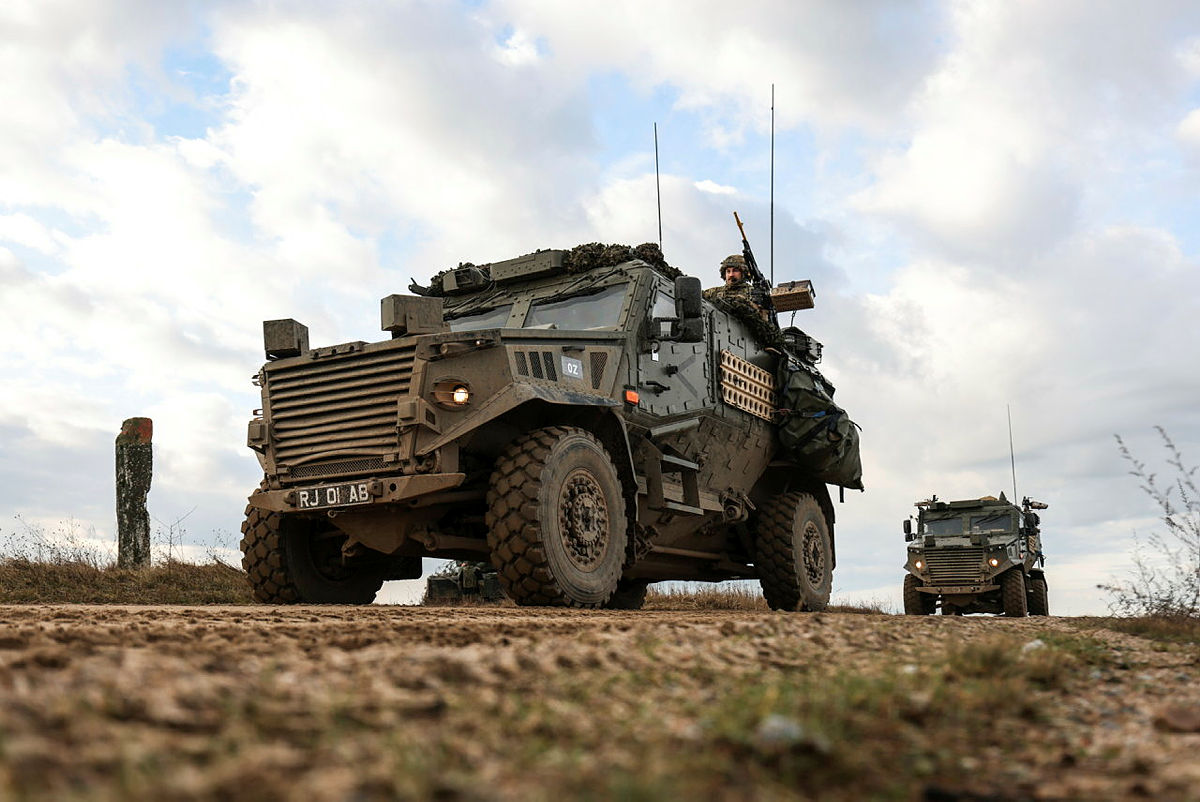
However, the United Kingdom continues to invest in the Land Rover to keep the vehicles viable until their final withdrawal in 2030.
In September last year, a contract worth £71 million (around $86 million) was signed, to provide spares and post-design services for the Land Rover and Pinzgauer, as well as their associated trailers.
Much of the Land Rover’s longevity with the British Army is due to its simplicity, ruggedness, and the ease with which it can be repaired — especially vital when in the field. However, in recent years, it’s primarily been used in secondary roles, not on the battlefield, but in a support and training capacity.

“They are used in liaison roles as communications vehicles, transport vehicles,” Maj. Donald Urquhart from 154 (Scottish) Regiment Royal Logistic Corps told Forces News in 2023.
“Currently they are used very much in a training role for deploying and operations. On operations, we generally try and go for an armored vehicle, so these are training platforms normally carrying radios and command posts.”

Urquhart added that the antiquated nature of the design also provides one of its biggest advantages.
“These vehicles are still very successful because they don’t have any electronics on them. There’s no electronic control unit so a very straightforward to fix and that’s probably the biggest single strength.”
The British Army’s Land Rover successor will be more complex but will almost certainly also offer a better level of protection, meaning it can return to working in more hazardous environments.
Whatever vehicle is chosen, it seems impossible that it will match the longevity of the Land Rover, which will have been in British Army service for an astonishing 81 years, provided it sees out its service, as currently planned, in 2030.
Contact the author: thomas@thewarzone.com
